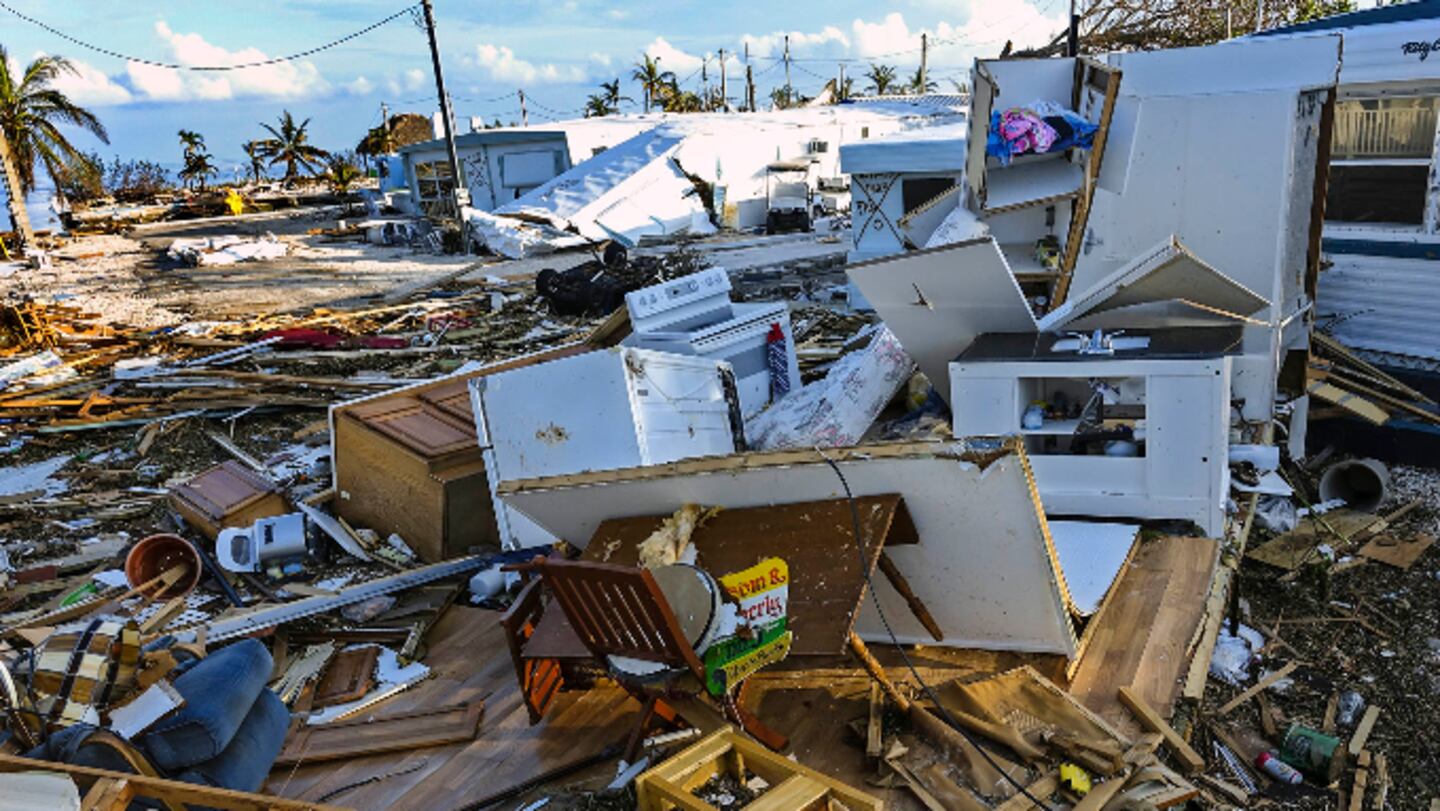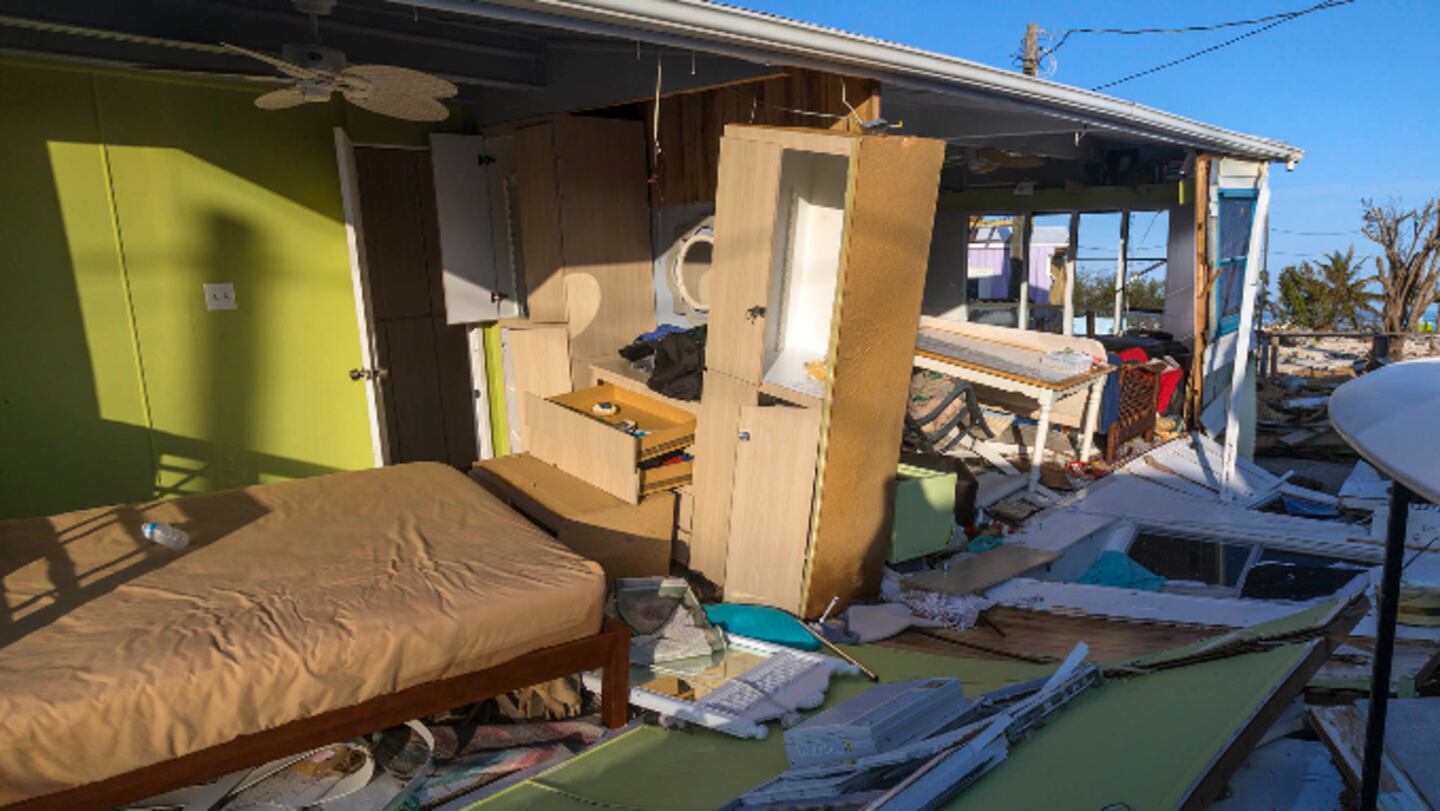ISLAMORADA, Fla. — You can smell Hurricane Irma's leftovers before you see them in the Florida Keys.
The powerful storm surge that roared over the Middle Keys left the main highway covered in seaweed, tiny crabs, shrimp and fish, now decomposing in plowed mounds by the side of U.S. 1.
>> On PalmBeachPost.com: PHOTOS: Paradise lost in Florida Keys
A roadblock at Florida City is preventing anyone but residents from traveling down the single road in and out of the string of tiny islands. But even residents can only go as far as Islamorada until the road is cleared and the Lower Keys bridges are inspected.
Thirty percent of the Upper Keys lacks power, emergency management authorities said after a meeting Tuesday night.
>> More Irma coverage from WFTV, Action News Jax and the Palm Beach Post
In the Lower Keys, there is no power at all.
In Key Largo, a few businesses have re-opened. A Winn Dixie. A liquor store. Here and there, a restaurant.
Further down in Islamorada, the damage is more apparent.
Broken power poles dangle from power lines. By the sides of the road, gumbo limbo trees, denuded of leaves, lie broken and tangled with shredded aluminum, the bimini tops of boats and crab pots meant to catch the upcoming season’s stone crabs.
In spots where U.S. 1 runs close to the ocean, storm surge covered the road with sand, now scraped intro roadside drifts, like the aftermath of a snow storm.
In Lower Matecumbe Key, the ocean stormed over the road to Sandy Cove on the Gulf side, smashing the foundation of a three-story apartment building, which then pancaked down on itself, ending up a single story of cracked concrete with the sea still lapping at its destruction. Under it all, the wheels of a car can be seen in what had been the building’s garage.
At Seabreeze Mobile Home Park on Islamorada’s Atlantic side, Billy Quinn stopped his bike on the blue concrete pad where his trailer had stood before Irma rearranged the park’s geography.
“That’s it over there,” said Quinn, a carpenter, who said his family had owned the trailer for 56 years. “The wind and water moved it about 15 feet away.”
He pointed to a rubber hose buried in coral rock pebbles. “That’s my pressure cleaner,” he said, “and my refrigerator is over there and one of my boat’s engines is half in the water.”
Quinn wants FEMA to help clean up the park quickly, so he and the other residents can start cleaning up the Keys.
>> On PalmBeachPost.com: How to apply for FEMA help
The park, once a retiree paradise, was one of only a few places low-income workers could afford in the Keys' pricey rental market.
“This is low income, workforce housing,” Quinn said. “We’re waitresses, cooks, construction workers. We’re the ones that do the work for the tourists.”
On the other side of the park, Sharon Noeller, a waitress at the Lorelei restaurant, a Keys landmark, started to cry, thinking of the three bins of her daughter’s photos still inside her wrecked trailer.
“This was our little oasis,” she said as her boyfriend, Kevin Collina, salvaged an unbroken glass table top from a pile of storm-tossed belongings. Their master bedroom was down what had been their road.
“We had a little pool and an outdoor shower right on the ocean,” she said.
“Now there’s no place left to go. No place we can afford, anyway.”
Cox Media Group







